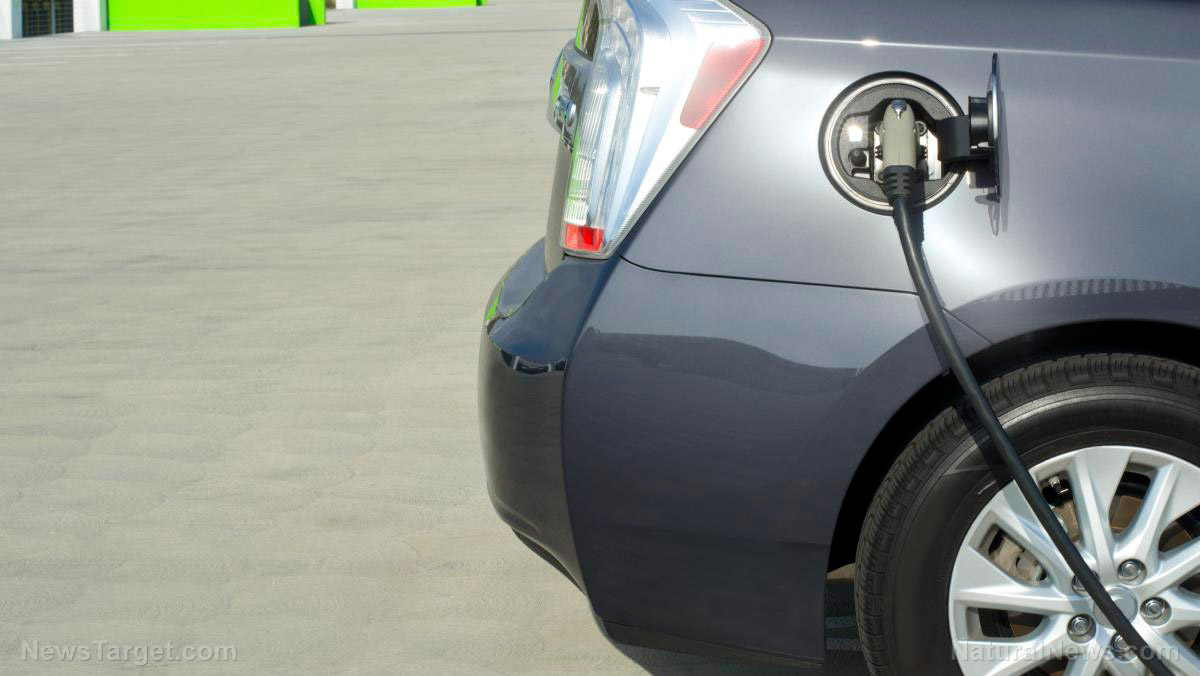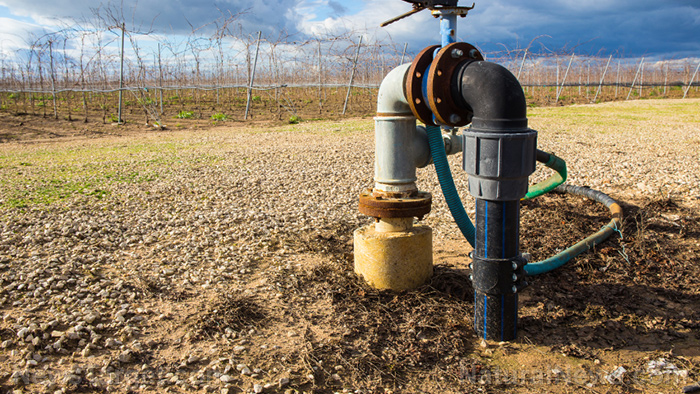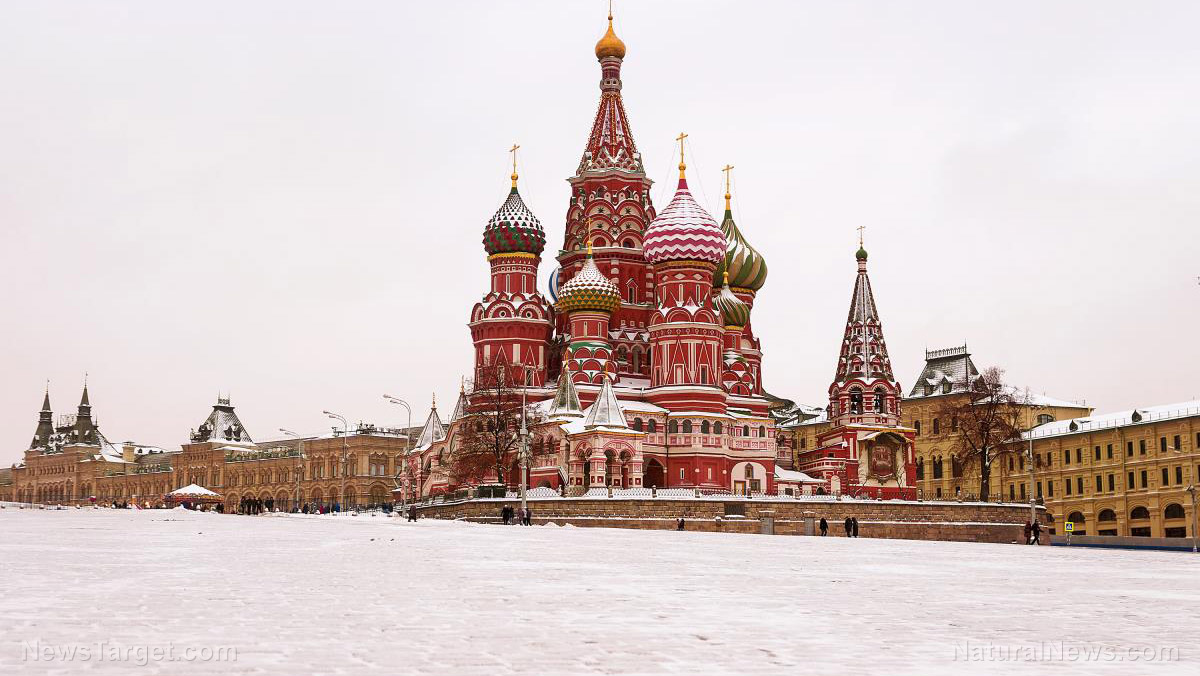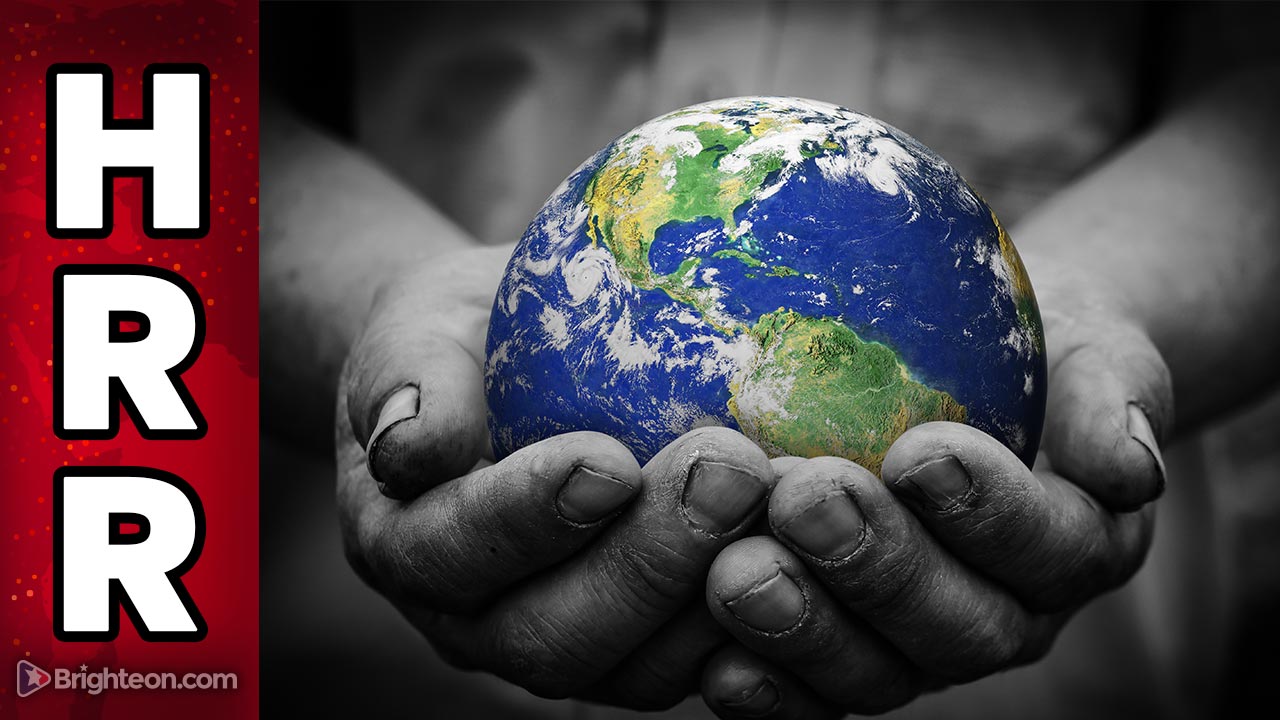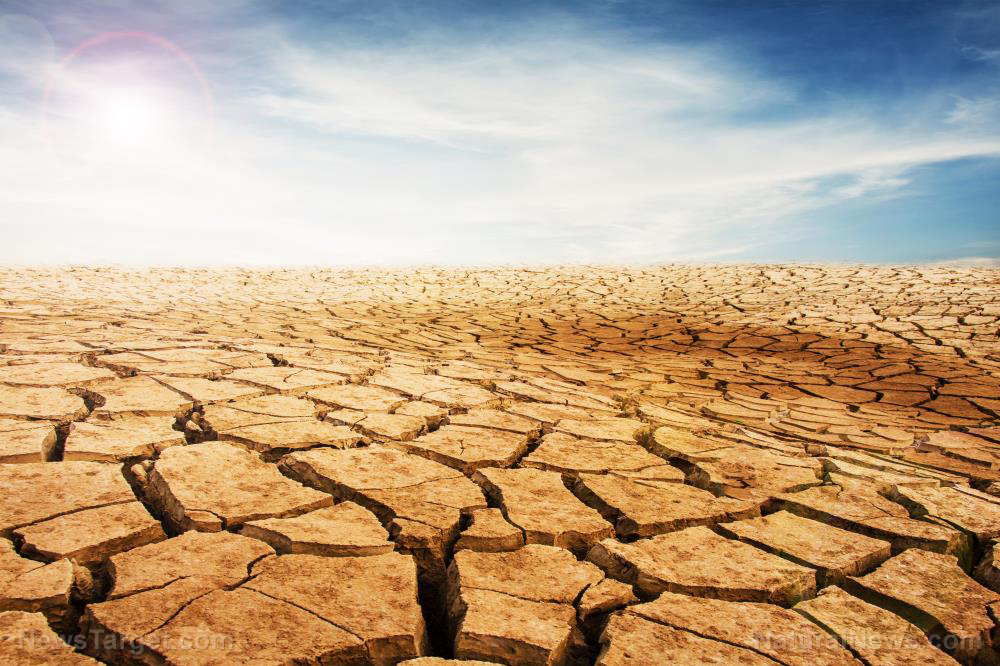 Parler
Parler Gab
Gab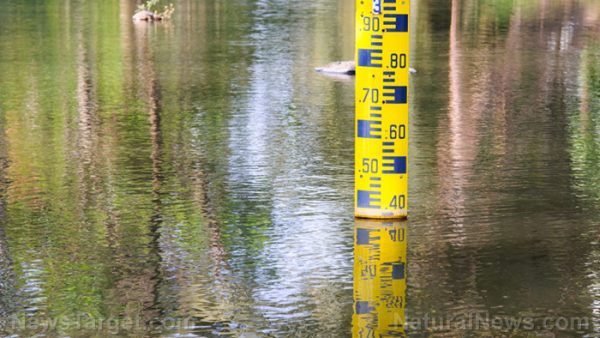
Arizona to buy more expensive energy if dams fail
Lea Marquez Peterson, chairwoman of the Arizona Corporation Commission, said people may not realize that a lot of the inexpensive hydroelectric power from the dams came from the two lakes. She added that public utilities and rural electric co-ops tend to use the power from hydroelectric dams, and the areas that are served by the co-ops may have to buy more expensive energy if there's a shortfall on the market. Arizona allocated nearly 19 percent of the energy generated at Hoover Dam. A study from 2015 showed that customers would see a nominal increase in their electric bills if Glen Canyon Dam stopped producing electricity. However, there is a ripple effect. (Related: A horrifying drought is causing widespread crop failures throughout the United States and Europe.) Marquez Peterson said those in rural communities, retirees on a fixed income, agricultural users and small businesses who rely on clean utility power can be affected and must be prepared. The problem is not limited to the U.S. either. Extreme weather around the world is causing all sorts of stresses to energy grids, with France needing to curb output from its nuclear power plants to maintain ideal temperatures and has received allowances to discharge hotter water back into rivers to meet their energy demands. Low water levels in the Rhine River is also threatening to disrupt coal and gasoline shipments in Germany. As average temperatures continue to rise, many parts of the globe will see energy demands grow while supplies remain constrained as water remains a key factor for both sides. Visit PowerGrid.news for more news related to the power grid. Watch the video below to see how dire the situation already is at Lake Mead. This video is from the Red Pill channel on Brighteon.com.More related stories:
Low runoff from the Colorado River threatens water shortage across 7 western states.
Water shortage on the Colorado River poses severe challenge for Arizona farmers.
Unchecked demand for water from the Colorado River system threatens livelihood of locals near Green River. Federal government to make major cuts in water deliveries to Western states. Sources include: SHTFPlan.com Vox.com KVOA.com Brighteon.comFOOD COLLAPSE: California’s ongoing drought has left over half a million acres of farmland unplanted
By Arsenio Toledo // Share
Russian journalist and daughter of Putin’s trusted ally killed in car bombing
By Kevin Hughes // Share
Governments continue to obscure COVID-19 vaccine data amid rising concerns over excess deaths
By patricklewis // Share
Tech giant Microsoft backs EXTINCTION with its support of carbon capture programs
By ramontomeydw // Share
Germany to resume arms exports to Israel despite repeated ceasefire violations
By isabelle // Share
